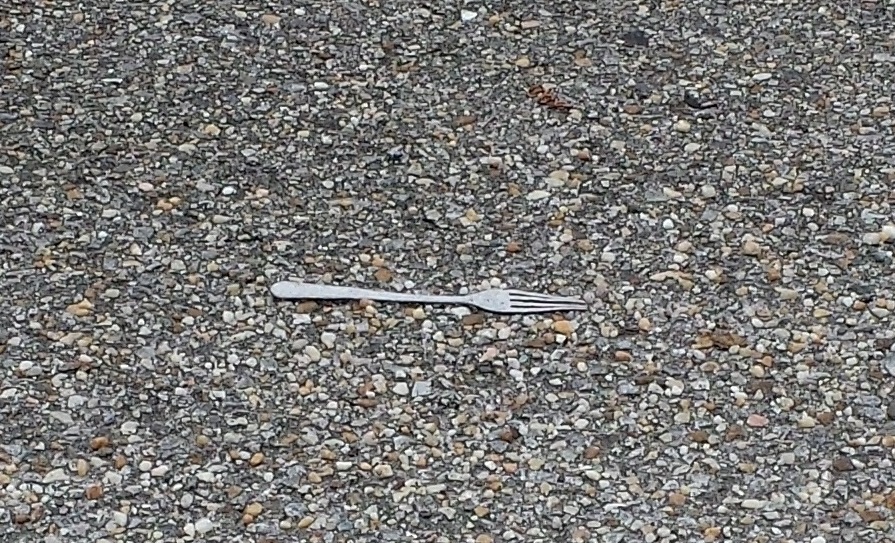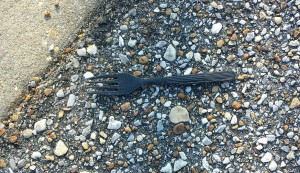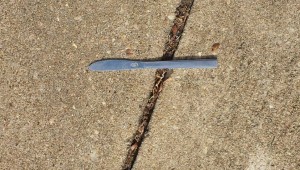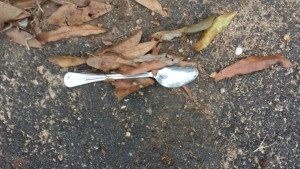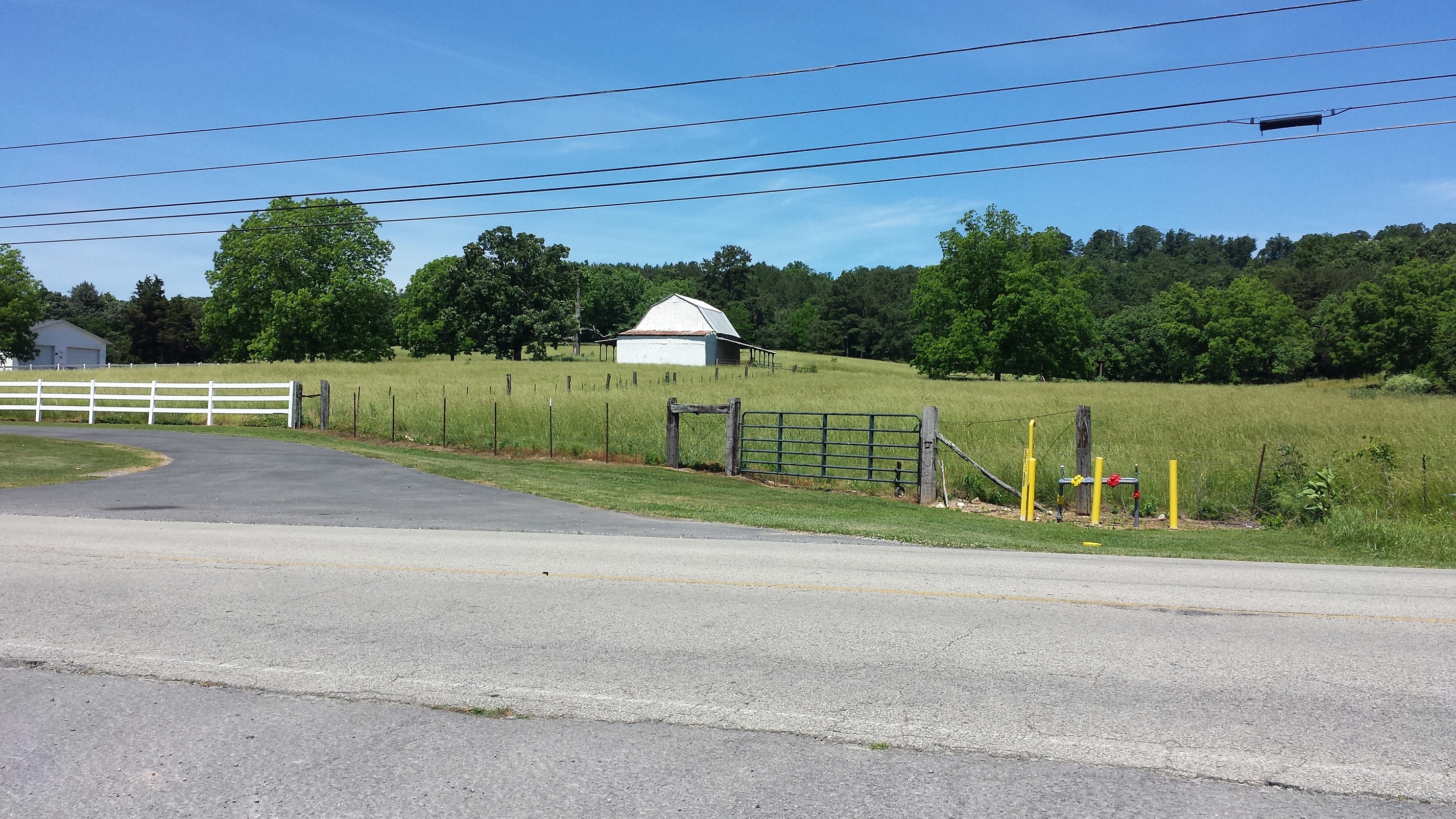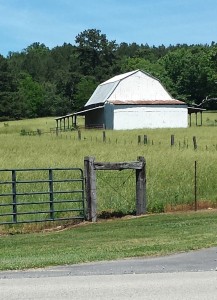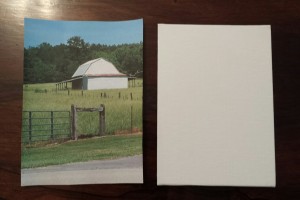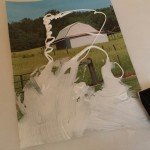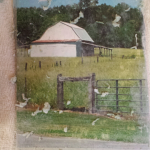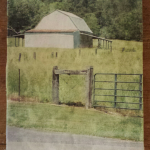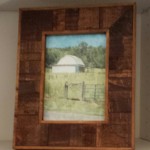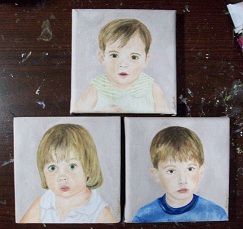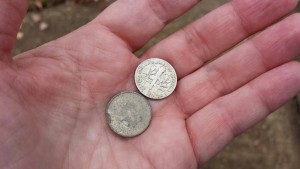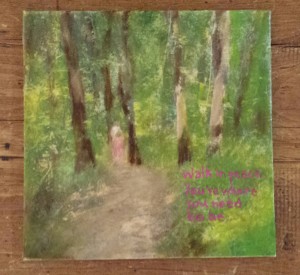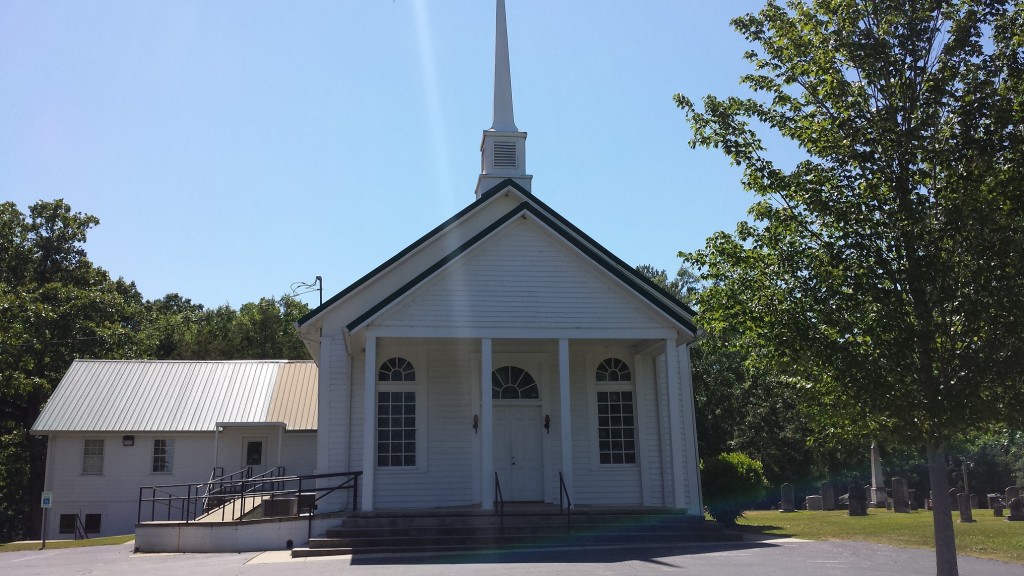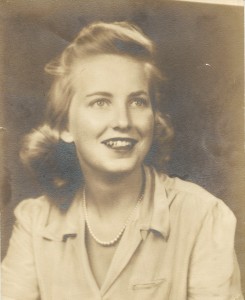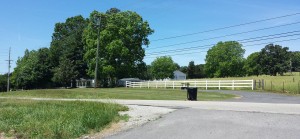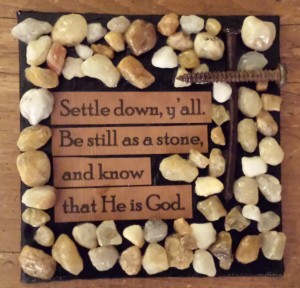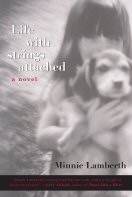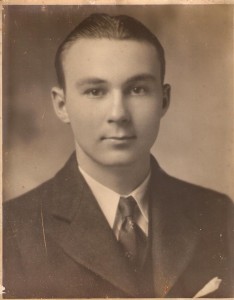 Along my walking path this week I came to scatterings from a looking glass. Clearly, objects in the mirror were closer than they appeared. And somehow they collided.
Along my walking path this week I came to scatterings from a looking glass. Clearly, objects in the mirror were closer than they appeared. And somehow they collided.
In any case, I thought about those verses from 1 Corinthians 13, “For now we see only a reflection as in a mirror…” and how, for now, we only know in part.
This can especially be true in environments where we might feel like we’ve dropped in from another planet – like, for me, this past Sunday in preschool Sunday school.
At the art table, a 4-year-old sitting next to me was working on a picture. He turned to look at the art of the 4-year-old next to him, then turned back to me. With a nod toward his little colleague’s artwork, he asked, “Is that scribble scrabble?”
I didn’t know what to say – mainly because I didn’t know what was contained in his use of the term scribble scrabble. I figured it was something he had picked up at home, but I wasn’t sure the weight his family (and therefore this 4-year-old) gave to the term. Was it a negative or positive assessment? Should I embrace it or steer away? I tried to steer away.
“He’s drawing a pretty picture,” I said.
“Well,” the kid responded, “it looks like scribble scrabble to me.”
At that table a little earlier, a little girl told me she was drawing hearts. They were a kind of heart that a 4-year-old would draw – indentions at the top, but with rounded rather than sharp lines that meet at the bottom. The girl across the table from her was also drawing hearts, and in a desire to offer instructional assistance to her preschool colleague, she rushed over with marker in hand to show her how it’s done.
I had an instinct to protect the first girl’s art as one that was her own expression, though I appreciated the desire to help someone else get her heart right. That is a good instinct as well. All of our hearts are a work in progress, and we need lots of help getting them right. But … sometimes it’s more important to work on our own heart than try to fix someone else’s.
At the puzzle table, I have drawn different conclusions. With art, you can lean toward allowing someone’s personal expression to override correction and assistance. With puzzles, however, it’s about getting it right.
I figured out this much on my own: you cannot pretend that a puzzle piece fits where it does not belong. So, if a child has put a piece where it doesn’t belong, I’m not going to say, “Yes, you have gotten that right,” or “Just put the pieces wherever you want. It’s your puzzle.”
That’d be weird.
Art vs. puzzles – I notice they provide formats for early instruction of grace vs. truth. Grace is love, acceptance. Truth is reality, structure. We might prefer one over the other but need both (as modeled by Jesus “who came from the Father, full of grace and truth.” John 1:14)
I’m not a parent, and I’m not a teacher. I’m in the marketing and communication field. So I come at these tasks from that perspective. It’s as if I’m serving little 4-year-old clients, and it’s as if their time in this classroom is a “user test” of the church. They are becoming familiar with church – the buildings, the hallways, the stairwells, the chairs and tables, also the people and the stories from the Bible about God and His son Jesus.
Hopefully they are associating church with good things and not bad things, and this is a place they will want to stay connected to or to return later on.
I remember things from my childhood church experiences, but I’m more likely to remember chairs, stairwells and hallways than actual lessons. On a visit some months ago, I walked through and recognized the old preschool hallway, including the wooden door that opens at the top, stays shut at the bottom, so a parent can hand a child over. Though I remember very little in specifics, I associated the hallway with good feelings.
I suppose those were the early days of my journey toward grace and truth, and the balance between the two, but I don’t see it clearly. I’ve only got a little bit of the picture, fragments of memory. Even so, just as you can trust an uncertain future to a certain God, you can see the same in the days gone by and know for sure He was there all along, walking beside you the whole way.
Be not afraid, y’all.
